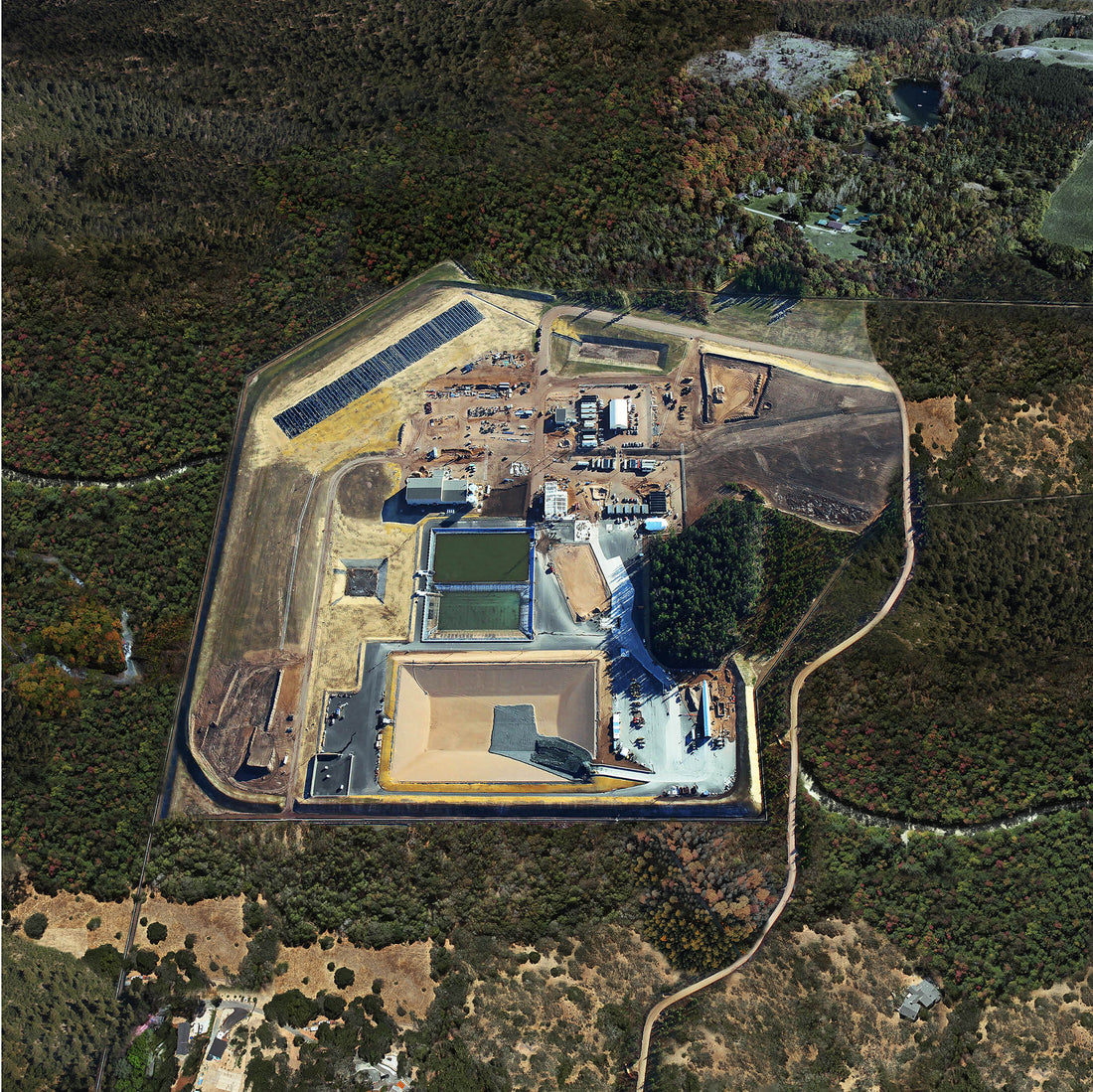
"Cobalt" photographs
Share
Examining the supply chain of photography, one element, Cobalt is considered a “strategic mineral” by the United States government. Strategic minerals are defined as commodities integral to the national defense, aerospace, and energy industries, but threatened by supply disruptions due to limited domestic production.
Worldwide, fifty percent of cobalt is used in the chemical industry to make pigments for glass, cloth, and porcelain as well as binders, drying agents, nuclear energy, and fertilizer. Superalloys from cobalt comprise 20% of the global market and include hard metals, permanent magnets, carbides, and rechargeable batteries.
In 2016, the U.S. military consumed 62% of the world’s supply of cobalt.

Ore Transport Station, 2016

Eagle Mine in the Morning, 2016

Blue, 2016

Mineralology, 2016

Cobalt Map, 2016

Eagle Mine, 2016
In an era nationally defined by industrial labor’s exportation, Michigan’s Protect and Grow, part of the Michigan Defense Center’s “Arsenal of Innovation” is touted as one answer to a challenging consumer-industrial sector in the USA. With Protect and Grow, parts of Michigan’s auto industry are transformed to produce military-grade weapons and vehicles. The University of Michigan’s Automotive Research Center and other institutions are also in transformation, with programs like the United States Army Tank Automotive Research, Development and Engineering Center.
In late 2014, Michigan became one of three states producing cobalt, from a nickel mine north of Marquette called Eagle Mine.
Currently, anywhere from 50-70% of cobalt extraction happens in the Democratic Republic of Congo. After being mined, it’s purchased by companies such as Huayou Cobalt (registered China). Huayou Cobalt acquired one of the largest cobalt mining permits in the Democratic Republic of Congo. It sells refined cobalt to consumer market clients including Apple (registered USA), LG Chem (registered Korea), Sony (registered USA), Volkswagen (registered Germany).
Studying the production, distribution, and use of Cobalt was the starting point for this exhibition. From craft objects to Impressionist painting and the contemporary Alev Ebuzziya Siesbye, Cobalt Blue has a significant art history. What does it mean though, to work with materials that are both seductive and linked to contemporary forms of violence? If the exhibition is a form of storytelling, what do these objects say?
Because of their ubiquity, the objects in the exhibition may veil their histories, but in their modern replications, they implicate users in a massive extraction-based neocolonialism that can be deadly to the humans working in and living near mines. This is an extraction that also sacrifices the land, water, air, and animal life for economic gain.

Exhibition view "Mining Photography”, KUNST HAUS WIEN 2023
Photo: Rudolf Strobl

Exhibition view "Mining Photography”, KUNST HAUS WIEN 2023
Photo: Rudolf Strobl
